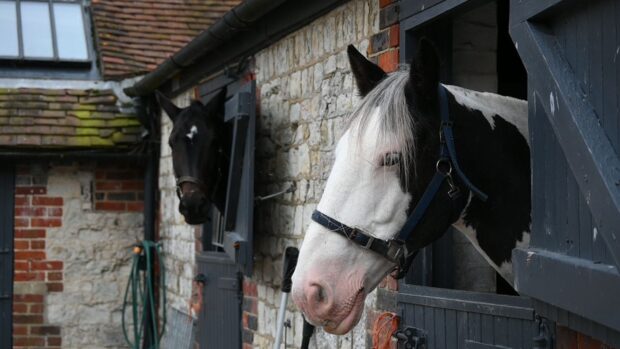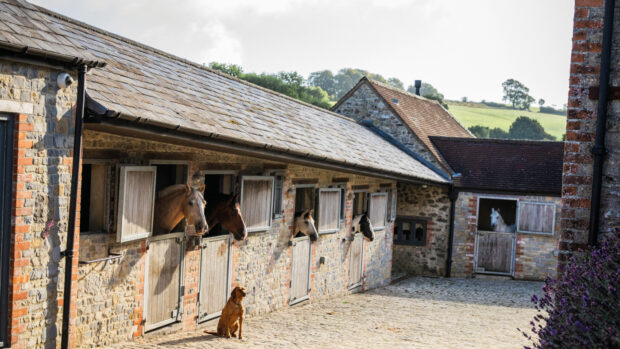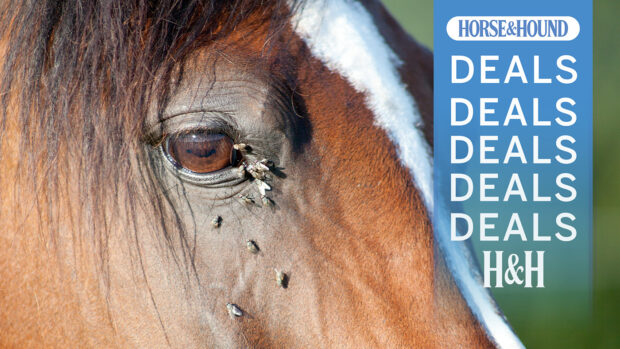In times gone by, September was always thought of as transition month, halfway between summer and autumn, although in more recent times, it has been more summer-like all the way through.
At this time of year, therefore, the horse owner has to prepare for the winter, but also keep one eye on the state of the grazing.
It is common at this time to see a spate of so-called “autumn laminitis” cases and reports of more excitable behaviour, both caused by a late season flush of grass growth.
This usually occurs at the end of a summer when the September rainfall promotes grass growth in soils still warm from the hotter months.
This year, such a flush may not be so marked, because it has been wet and warm through the summer in most parts and grass growth has continued all the way through – in effect, the laminitis risk has never really gone away and susceptible ponies remain on high alert.
September grass growth is not typically as high in nutrition as that in May, but it is nevertheless much higher in energy and protein than the average horse requires, and this may account for unwanted exuberance.
Another risk in horses at grass and in work at this time of year, is that of tying up – rapidly growing grass tends to have a higher moisture content, and you can see a dip in the fibre intake at this time as a result, because each mouthful of grass will be more dilute.
The wet, warm summer has challenged makers of hay and haylage. In some parts of the country, hay lay in the fields for some time after cutting and before baling, because there was rarely four days of continual sunshine.
There’s some lovely fodder around, made in July, but there will also be plenty of ropey supplies, so check out the quality before you buy.
September checklist
|
||
 |
||


 Get up to 19 issues FREE
Get up to 19 issues FREE TO SUBSCRIBE
TO SUBSCRIBE 


